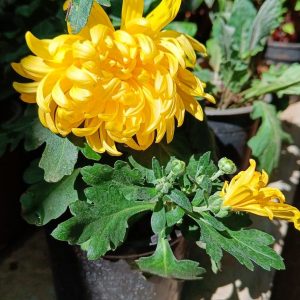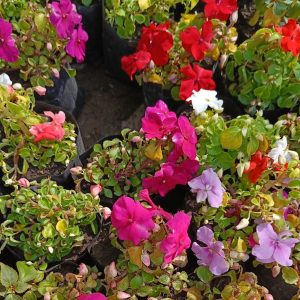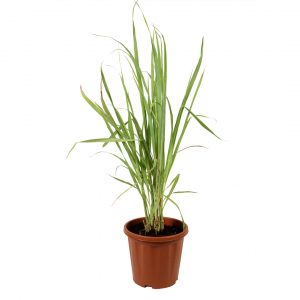Description
Kochia burning bush was introduced to the United States by European immigrants who hoped to bring a touch of home into their new environment. Unfortunately, like many non-native species, kochia soon escaped its boundaries and became highly invasive.
Kochia puts down roots in poor, rocky soil, creating huge problems in the arid grasslands, prairies, and scrublands of the northern and western United States and Canada. It tends to take over along roadsides and in pastures. In fact, it is a useful plant in burned or damaged areas, as it establishes quickly and stabilizes the soil. Cattle, sheep, and horses love kochia, which tastes much like alfalfa. However, the plant is toxic and can cause kidney and liver failure in animals that eat large quantities. The plant is useful as long as livestock growers manage the plant carefully so it is never the sole source of forage. However, keeping Kochia scoparia grass from running rampant isn’t an easy task. If you’re a denizen of prairie and desert regions, you’re familiar with tumbling tumbleweeds that occur when kochia dries and breaks off at the base of the plant. As the dry skeleton tumbles, it spreads thousands of seeds far and wide. Additionally, the sturdy roots can grow 10 feet (3 m.) into the soil in search of water.












There are no reviews yet.